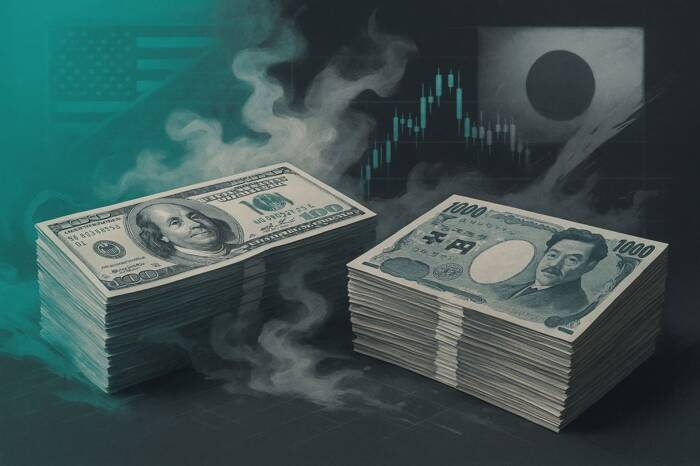When do economists expect the BoJ to raise interest rates?
According to the latest Reuters poll, conducted between August 12 and 19:
67 of 73 economists (97%) forecast no change to interest rates in September.
However, 45 of 71 (63%) expect a 25-basis-point rate hike to 0.75% in the fourth quarter, up from 54% polled in July.
38% predicted an October rate hike, with 30% forecasting a January move. Only 18% expected a December hike.
East Asia Econ remarked on July’s national inflation figures on August 22:
“Headline inflation eased in July, BOJ core was unchanged but still higher than 12M before, and international core was stable. High-frequency indicators and recent minimum wage dynamics suggest inflation is here to stay. I’d expect the BOJ to go in October.”
However, this week’s data will move the dial on expectations of further policy tightening in the fourth quarter.
Bookmark our real-time updates to stay ahead of USD/JPY volatility.
USD/JPY Outlook: Economic Indicators and the BoJ
Bullish Yen Scenario: Strong Japanese data or hawkish BoJ policy signals could push USD/JPY toward 145.
Bearish Yen Scenario: Weaker Japanese data or dovish BoJ rhetoric may drive the pair toward 150.
US Economic Data and Fed Speakers to Dictate US Dollar Trends
In the US, key economic data and Fed speakers will guide investors on the timing of Fed rate cuts.
Key events include:
Conference Board Consumer Confidence (August 26): Forecast to increase from 97.2 in July to 98 in August.
Initial Jobless Claims (August 28): Expected to rise from 235k (week ending August 16) to 236k (August 23).
Personal Spending (August 29): Forecast to rise 0.5% month-on-month in July after a 0.3% increase in June.
Personal Income (August 29): Expected to increase 0.4% month-on-month in July, following a 0.3% rise in June.
A drop in consumer confidence and a larger-than-expected rise in jobless claims could signal weaker consumer spending. Concerns about the labor market and spending could support multiple Fed rate cuts. Private consumption accounts for more than 60% of US GDP.
Conversely, an upswing in consumer sentiment and a resilient labor market may support a less dovish Fed policy stance.
Friday’s Personal Income and Outlays Report will provide traders and the Fed with more insights into consumption. Rising personal income and spending would allow the Fed to cut rates more gradually, lifting US dollar demand, while weaker figures could pressure the greenback.
Beyond the data, Fed speeches will also require close monitoring after Fed Chair Powell’s remarks.
Short-term Forecast:
USD/JPY’s near-term outlook will hinge on key economic data and central bank commentary.
Bullish US Dollar Scenario: Strong US data or hawkish Fed chatter may drive USD/JPY toward the 50-day Exponential Moving Average (EMA).
Bearish US Dollar Scenario: Softer US data or dovish Fed signals could push USD/JPY toward the 145 support level.
USD/JPY Price Action
Daily Chart
On the daily chart, the USD/JPY trades below the 50-day and 200-day Exponential Moving Averages (EMA), indicating a bearish bias.
A breakout above the 50-day EMA could bring the 200-day EMA into play. A sustained move through the 200-day EMA may pave the way toward the 149.458 resistance level.
On the downside, a break below the August 14 low of 146.214 could allow the bears to target the crucial 145 support level. If breached, 142.5 would be the next key support level.


AloJapan.com